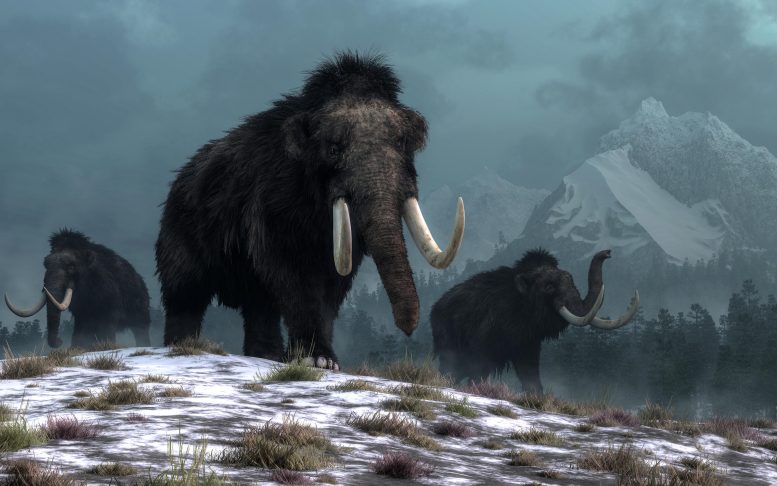
A trio of woolly mammoths trudges over snow covered hills. Behind them, mountains with snow covered peaks rise above dark green forests of fir trees. Credit: Daniel Eskridge
New DNA research shows the world got too wet for the giant animals to survive.
For five million years, woolly mammoths roamed the earth until they vanished for good nearly 4,000 years ago – and scientists have finally proved why.
The hairy cousins of today’s elephants lived alongside early humans and were a regular staple of their diet – their skeletons were used to build shelters, harpoons were carved from their giant tusks, artwork featuring them is daubed on cave walls, and 30,000 years ago, the oldest known musical instrument, a flute, was made out of a mammoth bone.
Now the hotly debated question about why mammoths went extinct has been answered – geneticists analyzed ancient environmental DNA and proved it was because when the icebergs melted, it became far too wet for the giant animals to survive because their food source – vegetation – was practically wiped out.
The 10-year research project, published in Nature on October 20, 2021, was led by Professor Eske Willerslev, a Fellow of St John’s College, University of Cambridge, and director of The Lundbeck Foundation GeoGenetics Centre, University of Copenhagen.
The team used DNA shotgun sequencing to analyze environmental plant and animal remains – including urine, feces, and skin cells – taken from soil samples painstakingly collected over a period of 20 years from sites in the Arctic where mammoth remains were found. The advanced new technology means scientists no longer have to rely on DNA samples from bones or teeth to gather enough genetic material to recreate a profile of ancient DNA. The same technique has been used during the pandemic to test the sewage of human populations to detect, track, and analyze COVID-19.
Professor Willerslev said: “Scientists have argued for 100 years about why mammoths went extinct. Humans have been blamed because the animals had survived for millions of years without climate change killing them off before, but when they lived alongside humans they didn’t last long and we were accused of hunting them to death.
“We have finally been able to prove that it was not just the climate changing that was the problem, but the speed of it that was the final nail in the coffin – they were not able to adapt quickly enough when the landscape dramatically transformed and their food became scarce.
“As the climate warmed up, trees and wetland plants took over and replaced the mammoth’s grassland habitats. And we should remember that there were a lot of animals around that were easier to hunt than a giant woolly mammoth – they could grow to the height of a double-decker bus!”
The woolly mammoth and its ancestors lived on earth for five million years and the huge beasts evolved and weathered several Ice Ages. During this period, herds of mammoths, reindeer, and woolly rhinoceroses thrived in the cold and snowy conditions.
Despite the cold, a lot of vegetation grew to sustain various species of animals. Grass, flowers, plants, and small shrubs would all have been eaten by the vegetarian mammoths, who likely used their tusks to shovel snow aside and their trunks to uproot tough grasses. They were so big because they needed huge stomachs to digest the grass.
Mammoths could travel a distance equivalent of going around the world twice during their lifetime and fossil records show they lived on all continents except Australia and South America. Populations were known to have initially survived the end of the last Ice Age in small pockets off the coasts of Siberia and Alaska – on Wrangel Island and St Paul Island – but the research found they actually lived longer elsewhere too and the breeds of mammoths on both the islands were closely related despite being geographically separated. As part of the project, the team also sequenced the DNA of 1,500 Arctic plants for the very first time to be able to draw these globally significant conclusions.
Dr. Yucheng Wang, the first author of the paper and a Research Associate at the Department of Zoology, University of Cambridge, said: “The most recent Ice Age – called the Pleistocene – ended 12,000 years ago when the glaciers began to melt and the roaming range of the herds of mammoths decreased. It was thought that mammoths began to go extinct then, but we also found they actually survived beyond the Ice Age, inhabiting different regions of the Arctic and persisting into the Holocene – the current geological epoch – far longer than scientists realized.
“We zoomed into the intricate detail of the environmental DNA and mapped out the population spread of these mammals and show how it becomes smaller and smaller and their genetic diversity gets smaller and smaller too, which made it even harder for them to survive.
“When the climate got wetter and the ice began to melt it led to the formation of lakes, rivers, and marshes. The ecosystem changed and the biomass of the vegetation reduced and would not have been able to sustain the herds of mammoths. We have shown that climate change, specifically precipitation, directly drives the change in the vegetation – humans had no impact on them at all based on our models.”
Humans lived alongside woolly mammoths for at least 2,000 years – they were even around when the pyramids were being built. Their disappearance is the last big naturally occurring extinction story. Our fascination with the huge beasts continues today with ‘Manny’ the woolly mammoth starring as the main character in five Ice Age animated films, and scientists hoping to resurrect them from the dead.
Professor Willerslev said: “This is a stark lesson from history and shows how unpredictable climate change is – once something is lost, there is no going back. Precipitation was the cause of the extinction of woolly mammoths through the changes to plants. The change happened so quickly that they could not adapt and evolve to survive.
“It shows nothing is guaranteed when it comes to the impact of dramatic changes in the weather. The early humans would have seen the world change beyond all recognition – that could easily happen again and we cannot take for granted that we will even be around to witness it. The only thing we can predict with any certainty is that the change will be massive.”
Reference: “Late Quaternary dynamics of Arctic biota from ancient environmental genomics” by Yucheng Wang, Mikkel Winther Pedersen, Inger Greve Alsos, Bianca De Sanctis, Fernando Racimo, Ana Prohaska, Eric Coissac, Hannah Lois Owens, Marie Kristine Føreid Merkel, Antonio Fernandez-Guerra, Alexandra Rouillard, Youri Lammers, Adriana Alberti, France Denoeud, Daniel Money, Anthony H. Ruter, Hugh McColl, Nicolaj Krog Larsen, Anna A. Cherezova, Mary E. Edwards, Grigory B. Fedorov, James Haile, Ludovic Orlando, Lasse Vinner, Thorfinn Sand Korneliussen, David W. Beilman, Anders A. Bjørk, Jialu Cao, Christoph Dockter, Julie Esdale, Galina Gusarova, Kristian K. Kjeldsen, Jan Mangerud, Jeffrey T. Rasic, Birgitte Skadhauge, John Inge Svendsen, Alexei Tikhonov, Patrick Wincker, Yingchun Xing, Yubin Zhang, Duane G. Froese, Carsten Rahbek, David Bravo Nogues, Philip B. Holden, Neil R. Edwards, Richard Durbin, David J. Meltzer, Kurt H. Kjær, Per Möller and Eske Willerslev, 20 October 2021, Nature.
DOI: 10.1038/s41586-021-04016-x

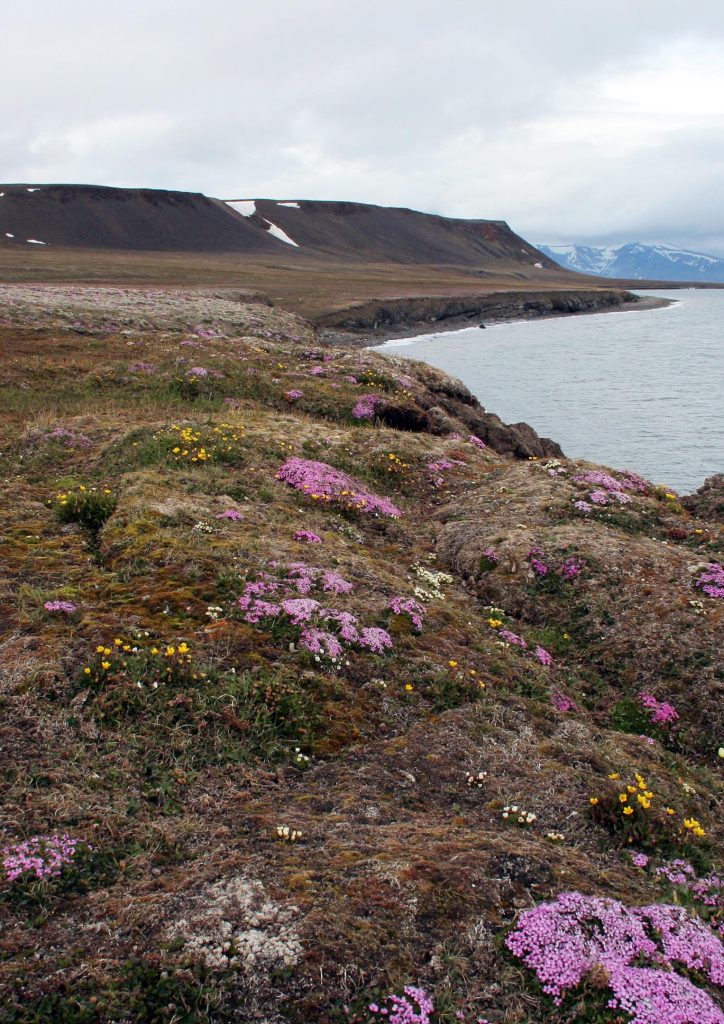
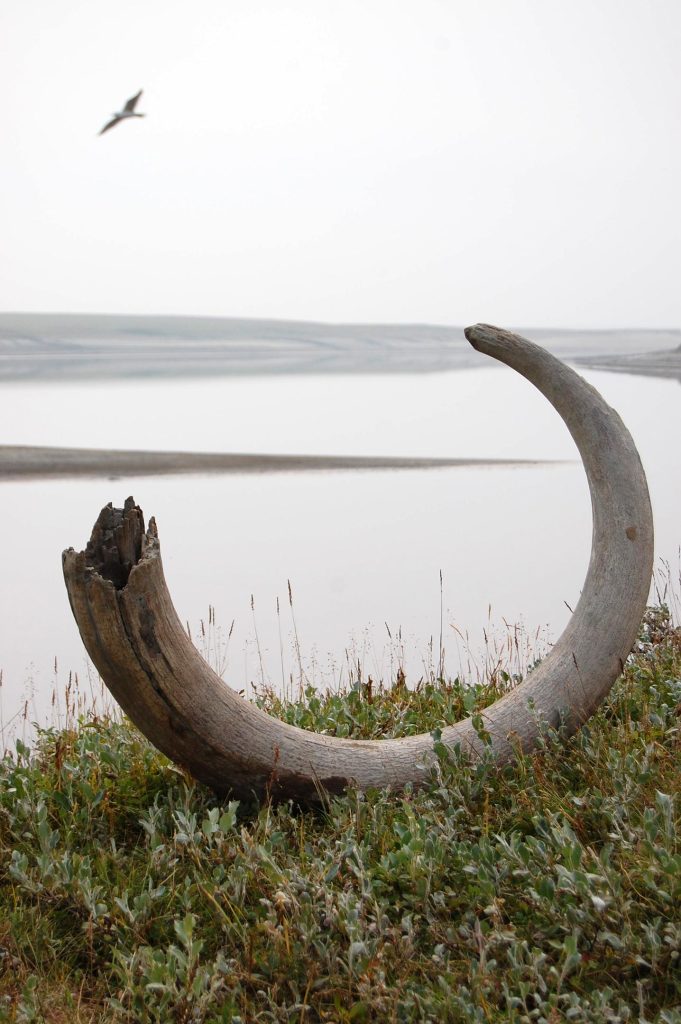
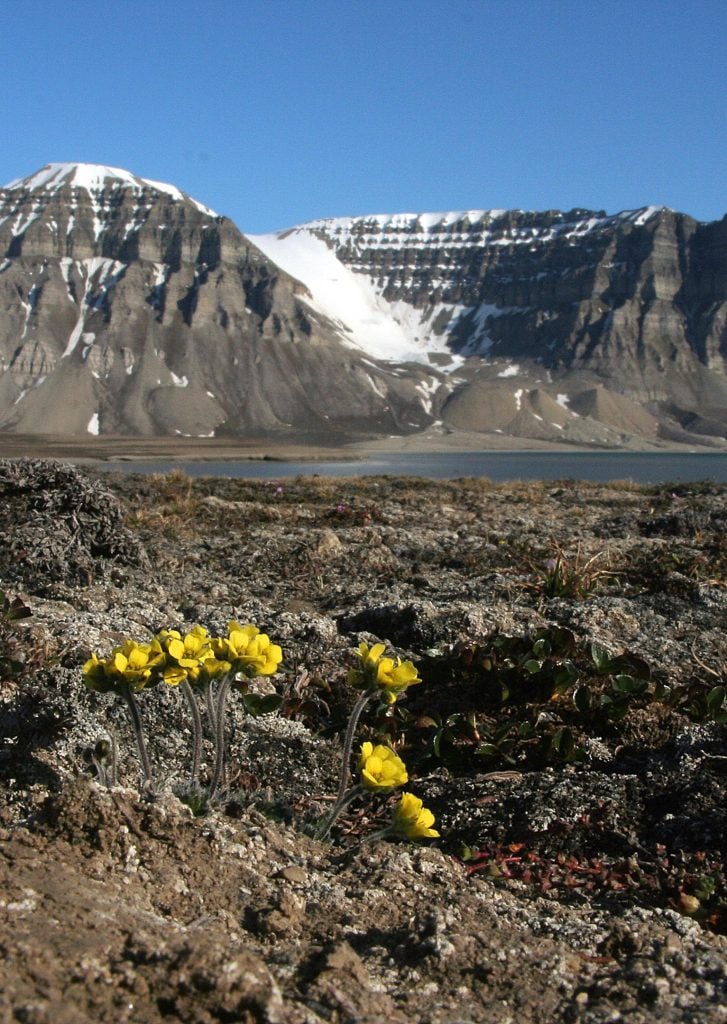

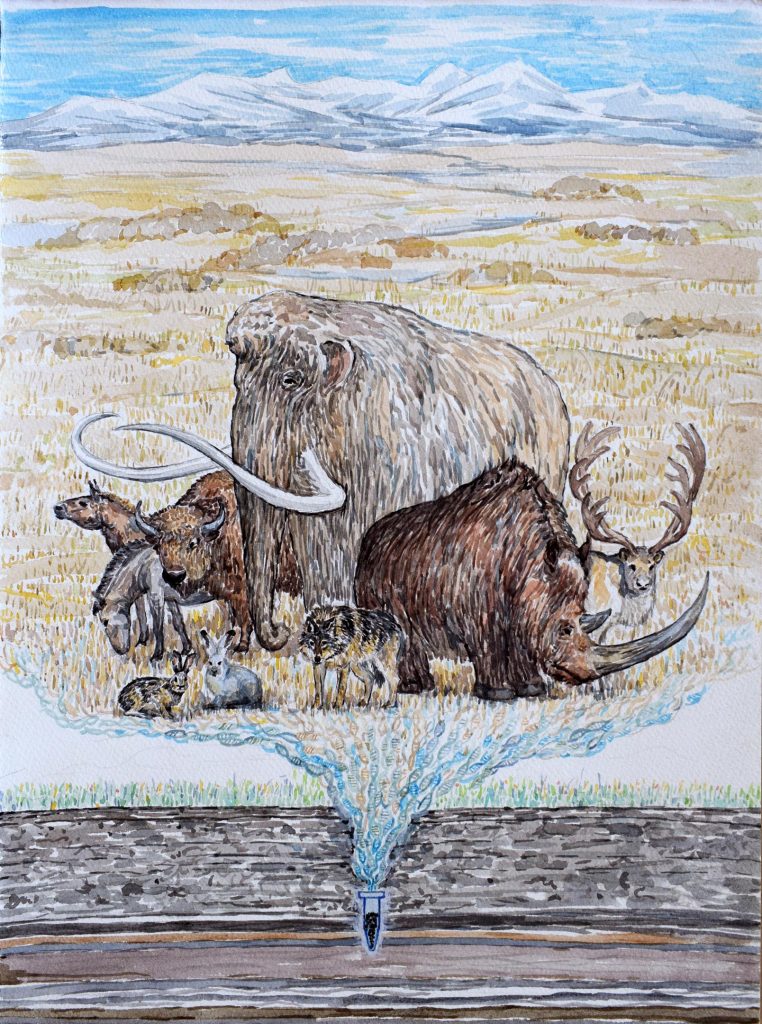








Right for a second. Wrong for a lifetime.
No it wasnt moisture that did it. It was step voltage and climate change.
You have no idea what it was! Do you remember “scientist” telling/lying with Al Gore in 1999 that New York City would be under 3ft of water by 2000? I know you remember! Maybe you’re a newly graduated “greenhorn” drinking milk & mezcal? Furthermore, let us not forget how Harvard University falsified its research for dow chemical for creation of silicon breast implants! Women started dying! Women went on tv! TV anchors, Harvard, Dow Chemical called them liars and mentally ill! Yes! Wait for it ..”until enough women started dying, just like covid vaccines!”
Horsesh*t! Follow the money before you follow the science! Pure Computer generated hypothesis!
I want you all to understand something! Governments have energy weather weapons! I don’t see to many whistleblowers talking about that? Nope! Send me another check says the research & engineering labs…let’s see what monsters we can create. Dr. Mengele’s must be destroyed!
After “Now the hotly debated question about why mammoths went extinct has been answered – “, it would be nice to insert “an overpopulation of flautists (just kidding) – “
THE GREEN NEW DEAL IS A LIE!
We don’t have enough planetary resources to keep making batteries let alone the costs for the equipment to build. That in itself is enough to raise eyebrows! Right now theres enough electronic equipment trash that weighs the same as the great wall of China! You’re all dullards.
Oil is GREEN ENERGY! Jesus academicscis pumping out the unimaginably stupid! Tesla vehicles haven’t been tested for cancer! 7500 lithium batteries surrounding the car! 1 lithium battery in your cell phone! 🤔 Yes. Moreover theres insufficient stable resources for these rechargeable batteries! Where are you going to install all the “recharge stations” needed for 4 hrs or more charging per vehicle? Where’s that energy coming from? New Nuclear reactors? Nope! You dummy “greenhorns” won’t build one of them. What about new “water based fusion reactors?” Not 1 built yet! An average Tesla vehicle last about 10 years and costs around 35,000 probably 40,000 now. Can average family afford a new 40,000 vehicle every 10 years? Nope! There’s an old proverb I like to use for the A.I. nerds…”if one sees the world thru a crystal ball, one often eats broken glass!”
Maybe this thread can finally end the mystery that Joe Rogan is killing off the Triceratops so many college attendees signed a petition to stop? 🤔
The nexus of all my comments?
“He who pays the piper, calls the tune!”
“… and scientists have finally proved why.”
I think that someone is being over-confident. I predict that this will continue to be controversial for years.
The authors state an inconvenient fact:
“Populations were known to have initially survived the end of the last Ice Age in small pockets off the coasts of Siberia and Alaska – on Wrangel Island and St Paul Island – but the research found they actually lived longer elsewhere too and the breeds of mammoths on both the islands were closely related despite being geographically separated.”
What is inconvenient is that these islands were not occupied by humans, and the melting pretty much took place everywhere. Also, late survivors apparently stranded on the Channel Islands in Southern California, also did not experience hunting pressures, and had different diets than their northern cousins. The conditions depicted in the article at the end of the Pleistocene certainly did not prevail in the southern US, especially the Southwest. Close, but not ‘seegar.’
My prediction is starting to come true:
https://scitechdaily.com/humans-had-significant-role-in-the-extinction-of-the-woolly-mammoth/
Seriously, John Andrew Kociuba, we feel for you. The torture of a malfunctioning brain must be unbearable. The pain you must feel is unthinkable.
But, nonetheless, you really should go away. This is a publication meant for functional adults – not you.
Clyde Spencer: While I agree that “proof” is an unfortunate choice of words here, I’d have to ask you this: Were the geographical features and vegetation of Wrangel Island and other known islands of longer mammoth survival the same as on the mainland? Is the geography and vegetation of the Channel Islands the same as on mainland California?
The answer to both is NO. The Channel Islands in particular, have quite a number of unique species of plants and animals.
Mammoths certainly did not become extinct in one sudden event, everywhere at once. That they may have survived longer in ISOLATED areas which may be different from even nearby environments is entirely predicable, and can certainly be seen in action today for numerous species of endangered species.
But, the use of the word “proof” as used in the article is really, to use scientific idiom, dumb.
Percy, you asked, “Were the geographical features and vegetation of Wrangel Island and other known islands of longer mammoth survival the same as on the mainland? Is the geography and vegetation of the Channel Islands the same as on mainland California?”
The answer is, they WERE probably the same because the islands were created from flooding what was then the ‘mainland.’ That is, with the melting of the glaciers, sea level rose rapidly, stranding animals on high spots that then became islands. However, the vegetation in Southern California was different from the vegetation in the Arctic. That is why I think the vegetation played a role that was less important than the authors claim.
Percy, I should have remarked that the differences seen today can probably be attributed to changes in microclimates as the islands became isolated. They are of different sizes and the water availability probably varies. If there are unique species of plants and animals on the Channel Islands, it may be the result of evolutionary changes as Darwin noted in the Galapagos Islands. The mammoths that survived on the islands underwent a reduction in size resulting from restricted resources and no need for size as protection against predators. It is a well-known response to isolation on islands.
Of course climate change was a factor… The ice age ended. I can’t believe someone was paid for this “no duh” blurb
If only they had switched to electric before it was too late….
Slowly increasing human population; quickly occurring climate change and vegetation. Most likely a bit of both at work knocked off the mammoths in general; but locally some probably got hunted out of existence whereas elsewhere vegetation change would have played a dominant role.